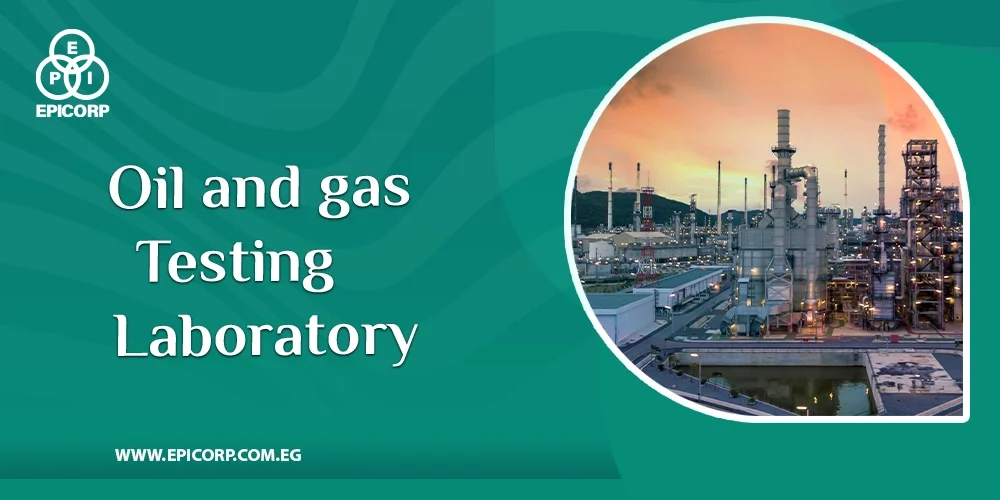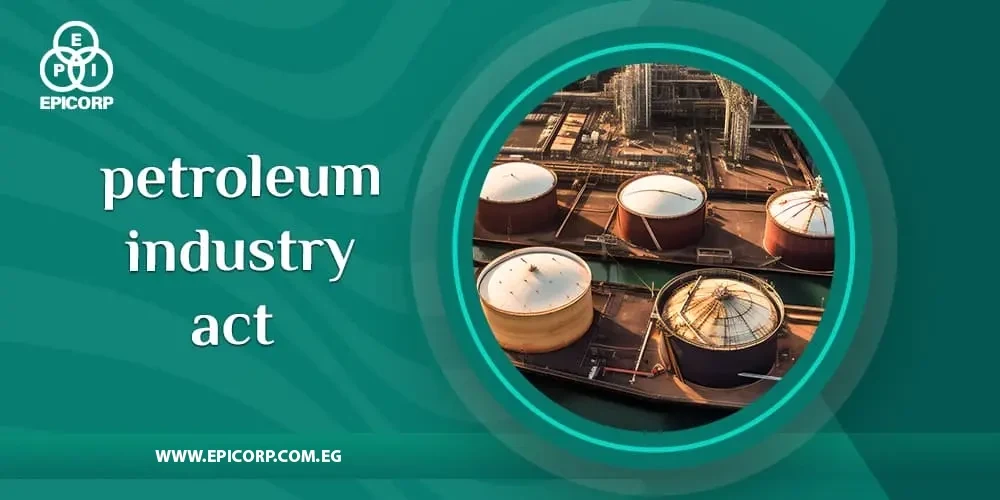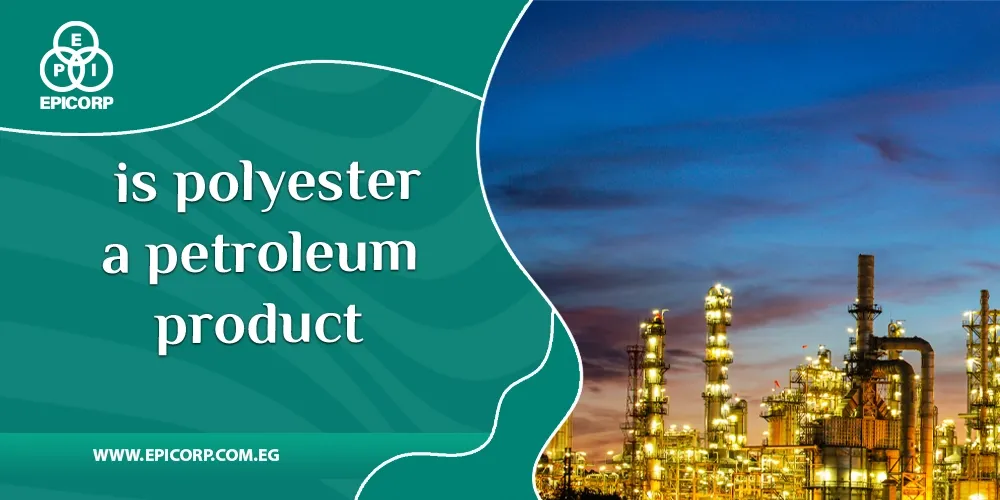oil and gas testing laboratory play a critical role in ensuring the quality, safety, and compliance of petroleum products and natural gas. These specialized facilities are equipped with state-of-the-art instruments and methodologies to analyze various aspects of oil and gas samples, ranging from composition and purity to potential contaminants and performance characteristics.
Through meticulous testing and analysis, these laboratories provide essential data and insights to oil and gas companies, regulatory bodies, and research institutions, enabling informed decision-making, regulatory compliance, and product optimization. In this dynamic industry, oil and gas testing laboratory serve as indispensable hubs for quality assurance, environmental protection, and innovation.
Table of Contents
ToggleWhat is oil and gas testing laboratory?
An oil and gas testing laboratory is a specialized facility equipped with advanced instruments and techniques for analyzing various aspects of petroleum products and natural gas. These laboratories conduct a wide range of tests to assess the quality, composition, purity, and performance characteristics of oil and gas samples.
They analyze parameters such as viscosity, density, chemical composition, presence of contaminants, and combustion properties. The data obtained from these tests is used by oil and gas companies, regulatory agencies, research institutions, and other stakeholders to ensure compliance with industry standards, regulatory requirements, and environmental regulations.
oil and gas testing laboratory play a crucial role in maintaining the integrity, safety, and efficiency of oil and gas products throughout the production, refining, transportation, and distribution processes.
Read also: Petroleum Industry Definition.
What are the oil and gas test instruments?
oil and gas testing laboratory utilize a variety of specialized instruments and equipment to analyze different properties and characteristics of petroleum products and natural gas. Some common oil and gas test instruments include:
- Gas Chromatograph (GC): oil and gas testing laboratory used to separate and analyze the individual components of gas samples, including hydrocarbons, impurities, and contaminants.
- Mass Spectrometer (MS): Often coupled with a gas chromatograph, MS detects and quantifies the compounds separated by GC, providing detailed information about their molecular structure and concentration.
- Fourier Transform Infrared Spectroscopy (FTIR): Analyzes the chemical composition of oil and gas samples by measuring the absorption of infrared light, helping to identify functional groups and detect contaminants.
- Inductively Coupled Plasma Mass Spectrometry (ICP-MS): Determines the elemental composition of oil and gas samples by ionizing atoms and detecting their mass-to-charge ratios, useful for analyzing trace metals and heavy elements.
- Karl Fischer Titrator: Measures the moisture content in oil and gas samples using the Karl Fischer titration method, crucial for assessing the quality and stability of hydrocarbon products.
- Rheometer: oil and gas testing laboratory evaluates the viscosity and flow behavior of oil and gas samples under different temperature and pressure conditions, essential for understanding their handling and processing characteristics.
- Flash Point Tester: Determines the lowest temperature at which a volatile substance produces enough vapor to ignite, helping to assess the flammability and safety of oil and gas products.
- Pour Point Tester: Measures the lowest temperature at which oil and gas samples cease to flow, indicating their susceptibility to wax formation and cold weather performance.
- Distillation Unit: Separates the different fractions of crude oil or petroleum products based on their boiling points, providing insights into their composition and suitability for various applications.
- X-ray Fluorescence (XRF) Analyzer: oil and gas testing laboratory identifies and quantifies the elemental composition of solid and liquid samples, useful for analyzing contaminants, catalysts, and additives in oil and gas products.
Get to know: What Is Petroleum Energy
How many types of oil testing are there?
There are several types of oil and gas testing laboratory, each serving specific purposes in assessing the quality, properties, and performance of oil samples. Some common types of oil and gas testing laboratory include:
1. Chemical Analysis:
Analyzing the chemical composition of oil samples to determine the presence of various compounds, such as hydrocarbons, sulfur, nitrogen, oxygen, and metals.
2. Physical Properties Testing:
Assessing physical characteristics such as viscosity, density, pour point, flash point, and cloud point to understand the behavior and suitability of oil for specific applications.
3. Contaminant Analysis:
Identifying and quantifying contaminants present in oil samples, including water, sediment, particulates, acids, and microbial contaminants.
4. Elemental Analysis:
Determining the elemental composition of oil samples using techniques like X-ray fluorescence (XRF) or inductively coupled plasma (ICP) analysis to detect trace metals and other elements.
Here’s: Solid Waste Management In Petroleum Refineries.
5. Performance Testing:
Evaluating the performance characteristics of oil samples under various conditions, such as lubricity, oxidation stability, thermal stability, and corrosion resistance.
6. Environmental Testing:
Assessing the environmental impact of oil samples by analyzing parameters such as biodegradability, toxicity, and potential for water or soil contamination.
7. Stability Testing:
Monitoring the stability of oil samples over time to assess factors such as shelf life, degradation, and susceptibility to oxidation or degradation.
8. Quality Control Testing:
Conducting routine quality control tests to ensure consistency, reliability, and compliance with industry standards and specifications.
Read also: Petroleum Refinery In Modern Times.
conclusion
In conclusion, oil and gas testing laboratory are indispensable assets in the petroleum industry, ensuring the quality, safety, and compliance of oil and gas products. According to EPICORP through rigorous testing and analysis, these facilities contribute to regulatory compliance, environmental protection, and innovation within the sector. As the industry continues to evolve, the role of oil and gas testing laboratory remains vital in addressing emerging challenges, optimizing product performance, and advancing sustainable practices. With their expertise and cutting-edge technologies, these laboratories play a crucial role in safeguarding the integrity and reliability of oil and gas products, thereby underpinning the sustainability and efficiency of the global energy landscape.
FAQ
What parameters are found in oil testing?
Oil testing involves analyzing various parameters to assess the quality, properties, and performance of oil samples. Common parameters include chemical composition, which evaluates hydrocarbon compounds, sulfur, nitrogen, and aromatics. Physical properties such as viscosity, density, pour point, flash point, and cloud point provide insights into flow behavior and temperature characteristics. Contaminants like water, sediment, and particulates are measured to ensure purity.
Why do we test for oil?
We test for oil to ensure its quality, safety, and performance across various industries. Oil testing helps to assess parameters such as chemical composition, physical properties, contaminants, elemental composition, and performance characteristics. By analyzing these parameters, we can determine the suitability of oil for specific applications, such as lubrication, fuel, heating, or manufacturing processes.



